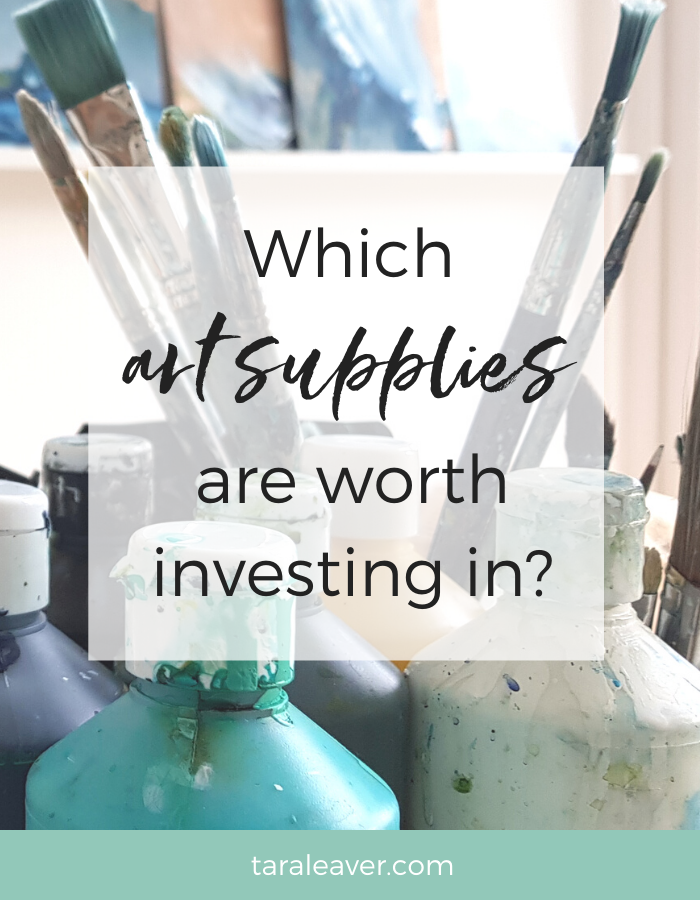
If you’re sort of new to this art game, it can be hard to know what supplies are worth investing in.
You don’t yet know what works and what doesn’t, and what you like and don’t like, although you’re probably drawn towards a few things.
And even if you’re not a beginner or re-starter, sometimes it’s fun to freshen up the energy of your work by trying out new-to-you materials.
So today I’m talking about the materials I use and consider worth – or not worth – investing in.
Sometimes it’s a question of quality, sometimes it’s more about preference or budget, and usually it’s a mix of all three.
Of course there is no real substitute for trying things out for ourselves, but recommendations have often steered me in good directions, so my aim is to offer that to you today.
Naturally this is all entirely my opinion, rather than facts, so when I say ‘worth investing in’ it does of course have some bias. 😊
It’s also based in what I know and use most frequently, so some materials are not mentioned, simply because I either know nothing about them or very little!
{Some of these are affiliate links.}
Acrylic Paints
I don’t remember what I used before I heard about these, which makes the point! They are not cheap, although I have small bottles that have lasted for ages, so unless you’re supersizing your canvas and painting all day long every day, you’ll find a little goes quite a long way.
The colours are rich and lightfast, and the array is enormous. I love them for their fluidity and ease of manipulation; I find thick, heavy body paint doesn’t suit the way I work, although Golden does that too.
An excellent substitute for Golden; I have some of these too {although it’s been so long since I bought new ones I see they’ve changed the packaging design!}.
A little more affordable than Golden, although I don’t find the colour choices as wide.
Rogue element: House paint samples
Inexpensive and available in different finishes; they tend not to be as easy to use or versatile as acrylics but if you’re the experimental sort they can bring an extra dimension to your work.
Soft Pastels
My favourite, and also among the more expensive brands. I buy them as singles which is a more economical way to do it if you only want a few colours for highlights and details.
Beautifully soft and more affordable. I’ve had a box of these for years and love the quality.
I don’t recommend buying cheap soft pastels. They tend to be hard, difficult to blend, and not pleasant to use – part of the pleasure of them for me is the powdery softness, and the cheaper versions tend not to fulfill the criteria!
I’d say it’s a false economy to buy cheap soft pastels. Ask for some good ones as a birthday present!
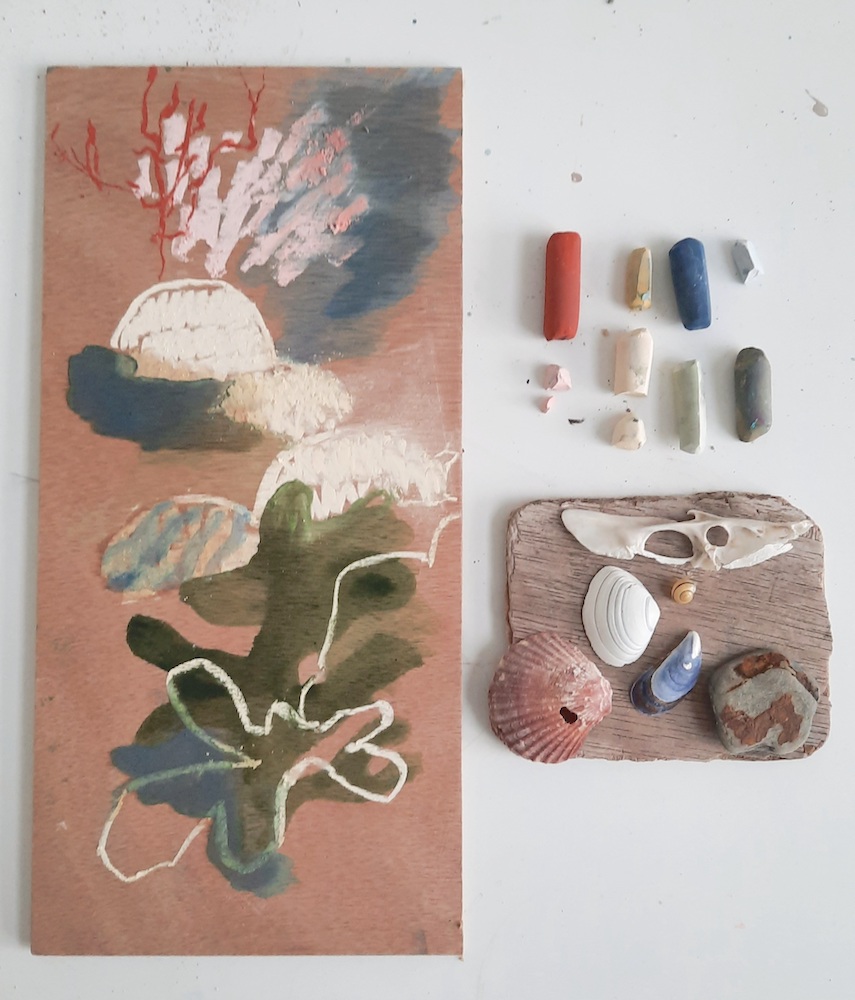
Oil Pastels
Again, worth it for the higher quality. Beautifully soft, lots of colours.
Fun fact: In 1947 Picasso, unable to get hold of oil pastels for a long time because of the war, asked Henri Sennelier to make some, and so he developed the first fine art oil pastels in 1949.
Much more affordable than Sennelier and good quality.
As with soft pastels, I do not recommend buying cheap oil pastels. They are generally too hard and unwieldy, don’t blend at all well, and are neither easy nor fun to use – another false economy. This all affects the look of the work too.
Brushes
There are certain types of brush that are created for oils, acrylics, watercolour etc. I don’t pay attention to any of that.😉
I like the synthetic bristle brushes, and usually go for the flat ones. As long as the hairs don’t fall out, I’ll go as cheap as I can. If you’re in the UK, The Range does really good, ridiculously cheap synthetic brushes.
There are two exceptions for me.
A UK based company that makes beautiful handmade brushes. I chose a few for oil painting, and they were definitely worth the investment.
The Cloud Nine Hog is great for softening edges – very satisfying.
I also have the Hog Almond Filbert, a few of these Hog Filberts, and this set, which is less expensive, and put together by Rosemary and Co for those who aren’t sure what to start with!
I have this one and this one, and LOVE them. They’re an investment, but they last for a very long time and are beautiful to use, plus great for covering larger areas.
Good quality and more budget friendly, these are a great alternative.
Sketchbooks
Always my favourite brand – to the point where I don’t use {and can’t recommend!} any other – the pages have stood up well to my enthusiastic mixed media and watery experiments!
Over the years I’ve loved the spiral bound, the casebound, and the concertina sketchbooks.
Charcoal
I love both compressed and willow charcoal for different reasons.
Compressed is great for really dark darks and a wider range of values.
Willow is good for sketching, and is more easily erased.
I buy very inexpensive charcoal; for me this is a material that isn’t worth spending extra on because charcoal is charcoal, and it does the job!
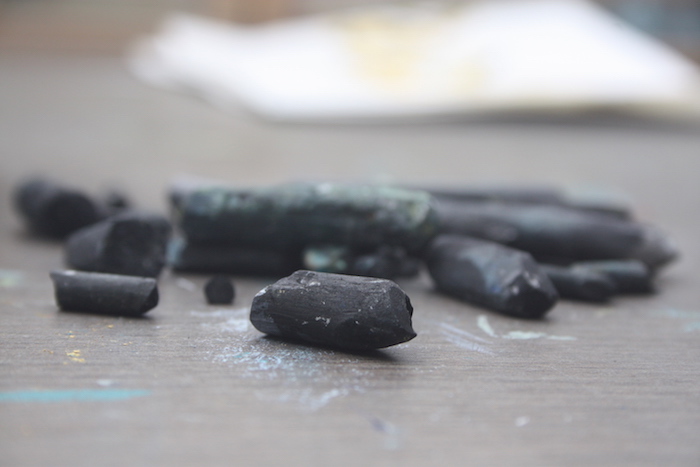
Canvas
I used to stretch my own, but then I discovered the ready made ones and got lazy. 😉
When I do buy canvas, I prefer the deep sided ones. Check for damage to corners, and beware of the super cheap ones that are often wonky and flimsy.
Jacksons {my favourite make}
Wood Panels
Since I started using wood panels I rarely work on canvas now. Originally I didn’t like the lack of springiness, and now that’s why I like them! 🤷♀️
They support both my process and the message of my work in a way that canvas doesn’t, which is why I don’t prime them. The rawness connects with the immediacy of sea swimming, and I love collaborating with the natural shapes of the wood to create the paintings.
These two are my favourites currently:
Jacksons Packs of 5 Wood Panels
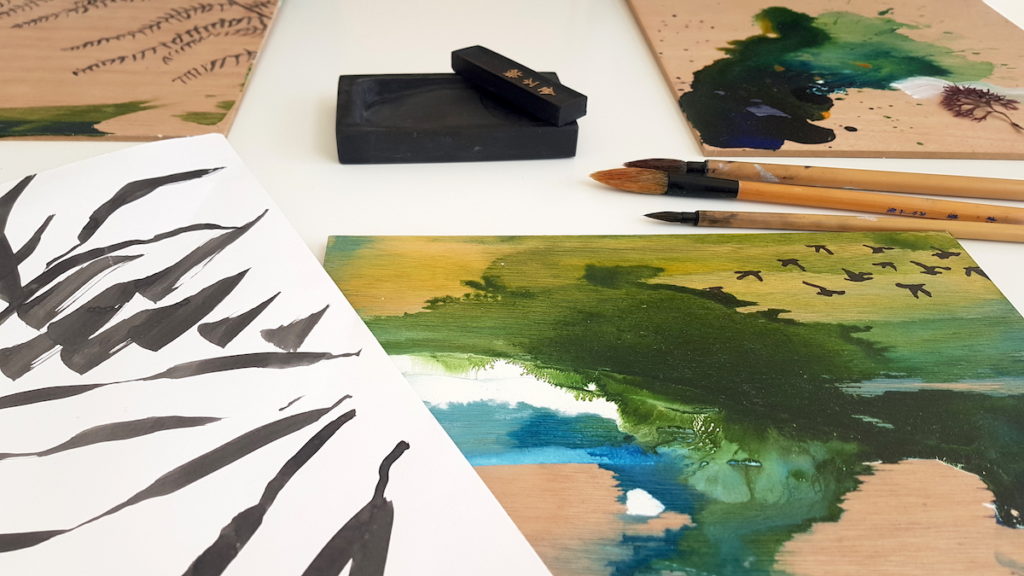
Treats
This is the section for supplies that are perhaps extras and not strictly necessary, or otherwise irresistible!
Sometimes a new or unexpected element can transform the way you work or how you art looks, so I recommend treating yourself from time to time! Introducing gold and then copper into my paintings did that for me.
Schmincke Granulating Watercolours
{When you click that link, scroll down; they’re at the bottom of that page.} These are a relatively new love for me – two colours in one, and beautifully unpredictable! I use them alongside my usual acrylics and inks.
I LOVE my walnut ink! A rich, nutty brown, great for drawing and using with a Chinese ink painting brush. {Or a regular brush. Or a stick…..}
A game changer for mark making, covering large areas, and being experimental. These silicone tools come with different edges for all sorts of effects. I have the dark grey one.
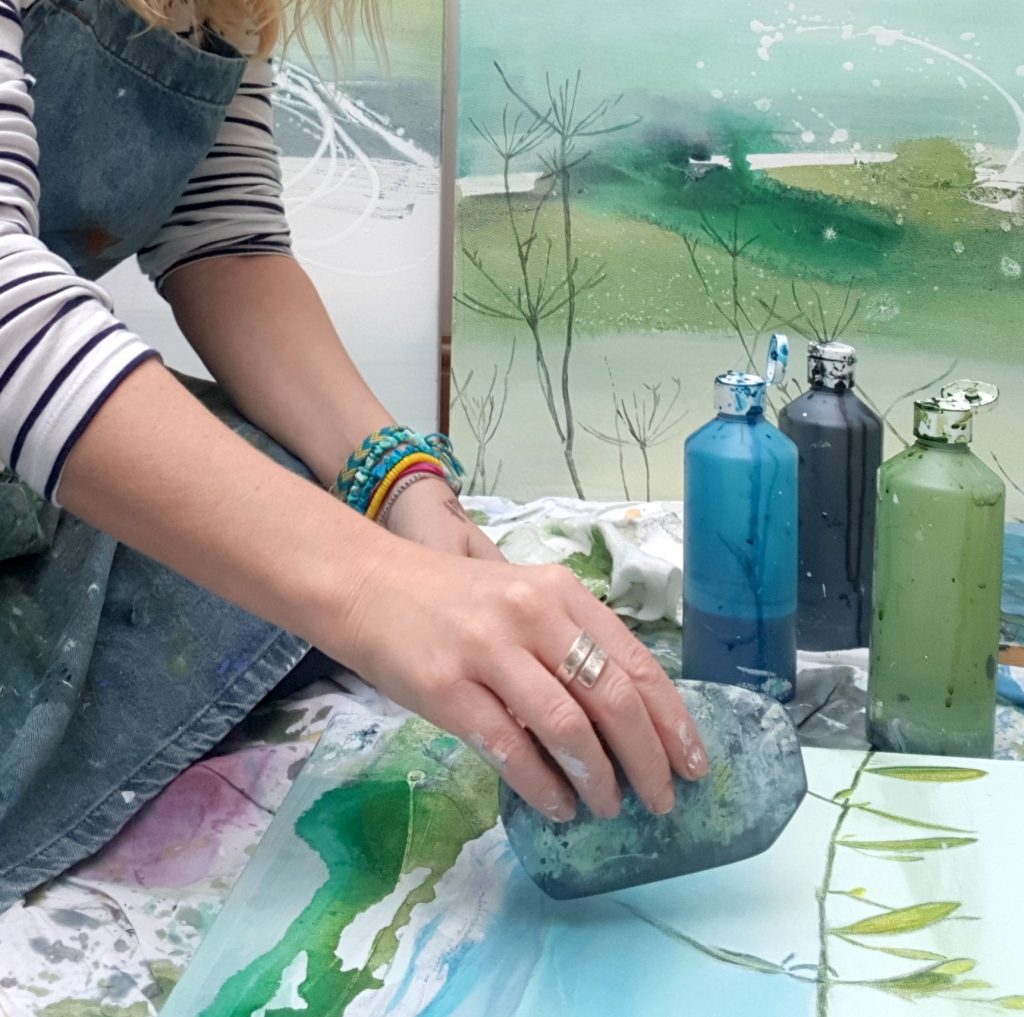
What materials would you recommend, or not recommend? Share in the comments!
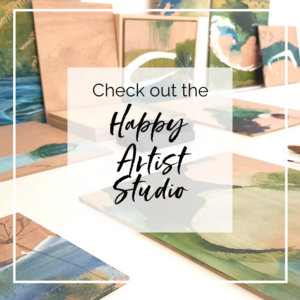 Coming up in April in the Happy Artist Studio, we’re exploring art supplies and materials.
Coming up in April in the Happy Artist Studio, we’re exploring art supplies and materials.
If you’ve been meaning to do a bit of a clear out and sort through, this is a great time to join us! We’ll be digging deeper too, to look at how we use our materials, what we’ve been choosing, and how we might make more intentional choices that align with our art and process.
Plus! We have a fantastic guest workshop from mixed media artist Auria Bohn of Vintage Fables. Auria’s teaching us how to make avocado ink, so if you’ve been wanting to try making your own inks from natural materials, this is a great month to join us!
Find out more and join us here!

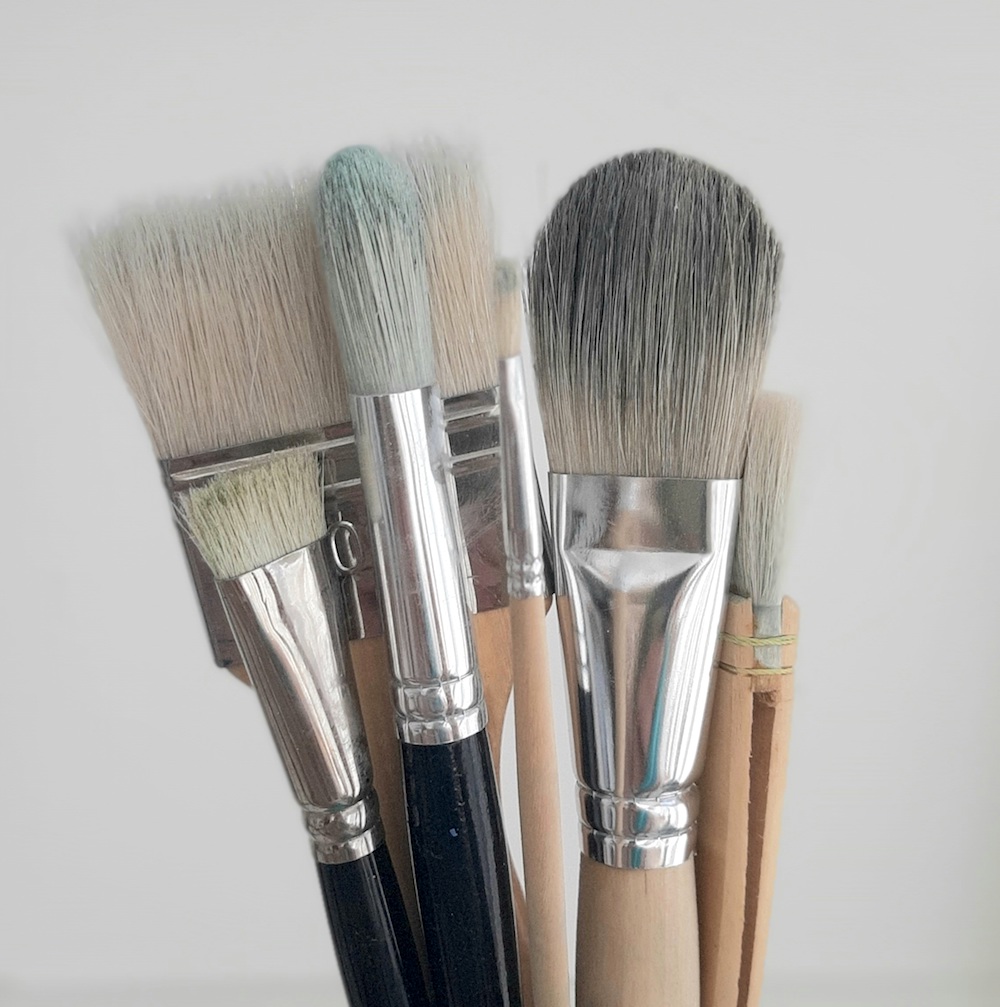
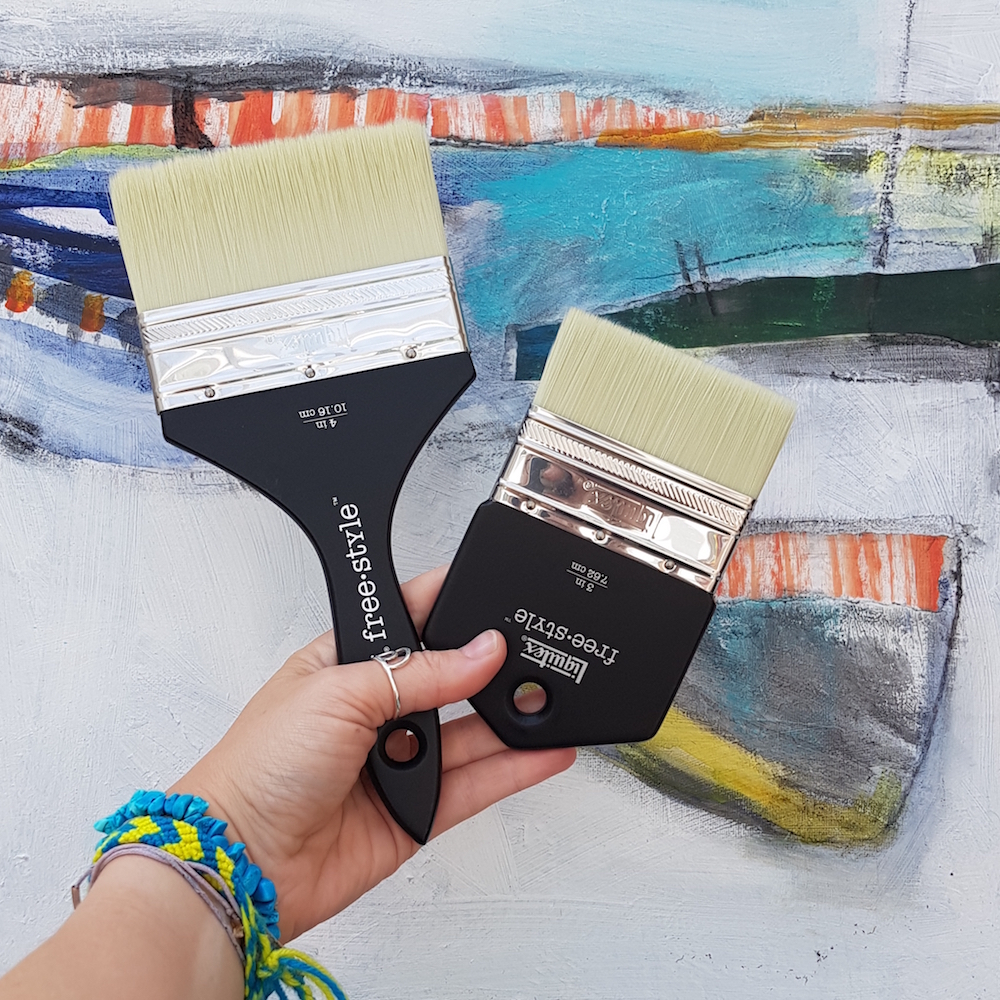
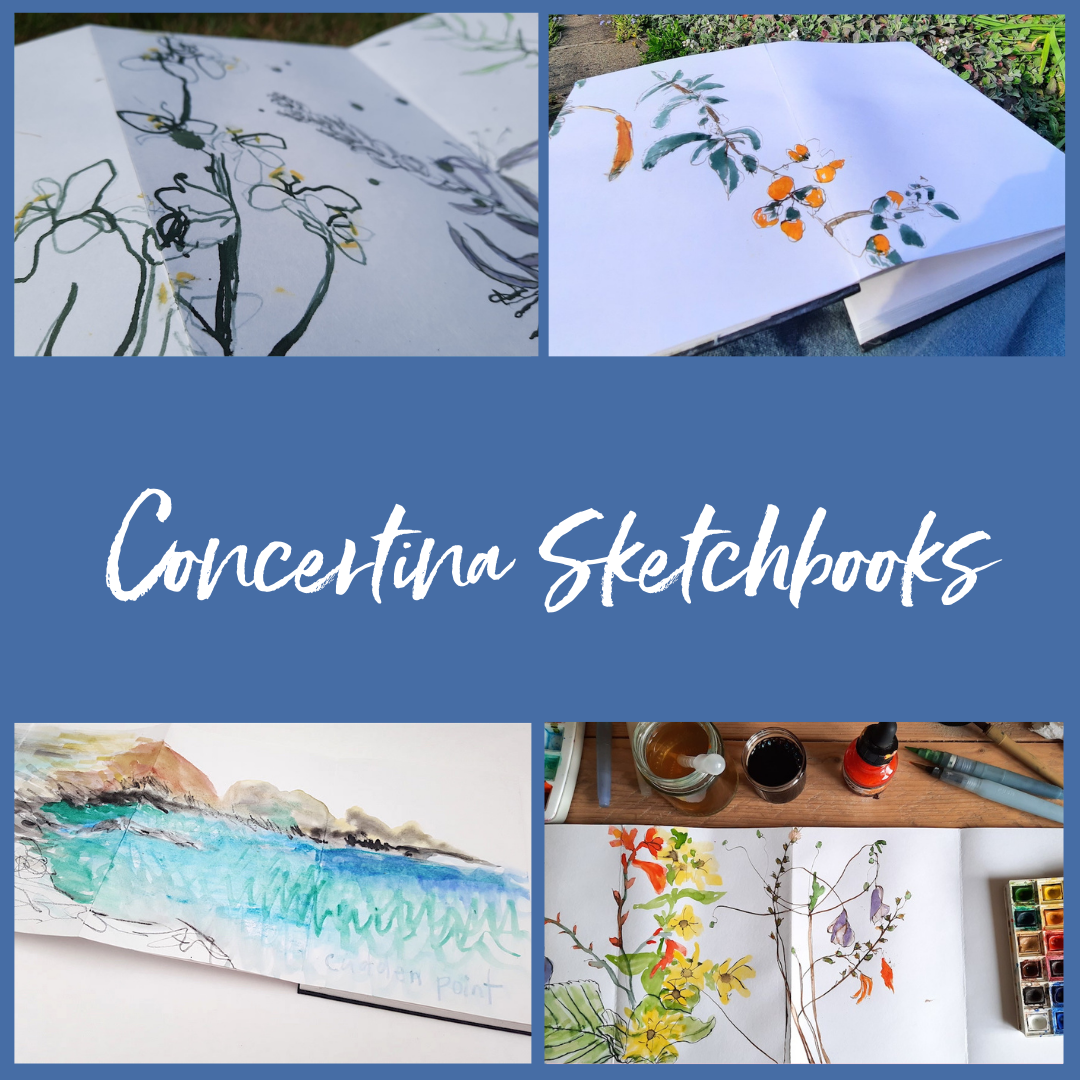
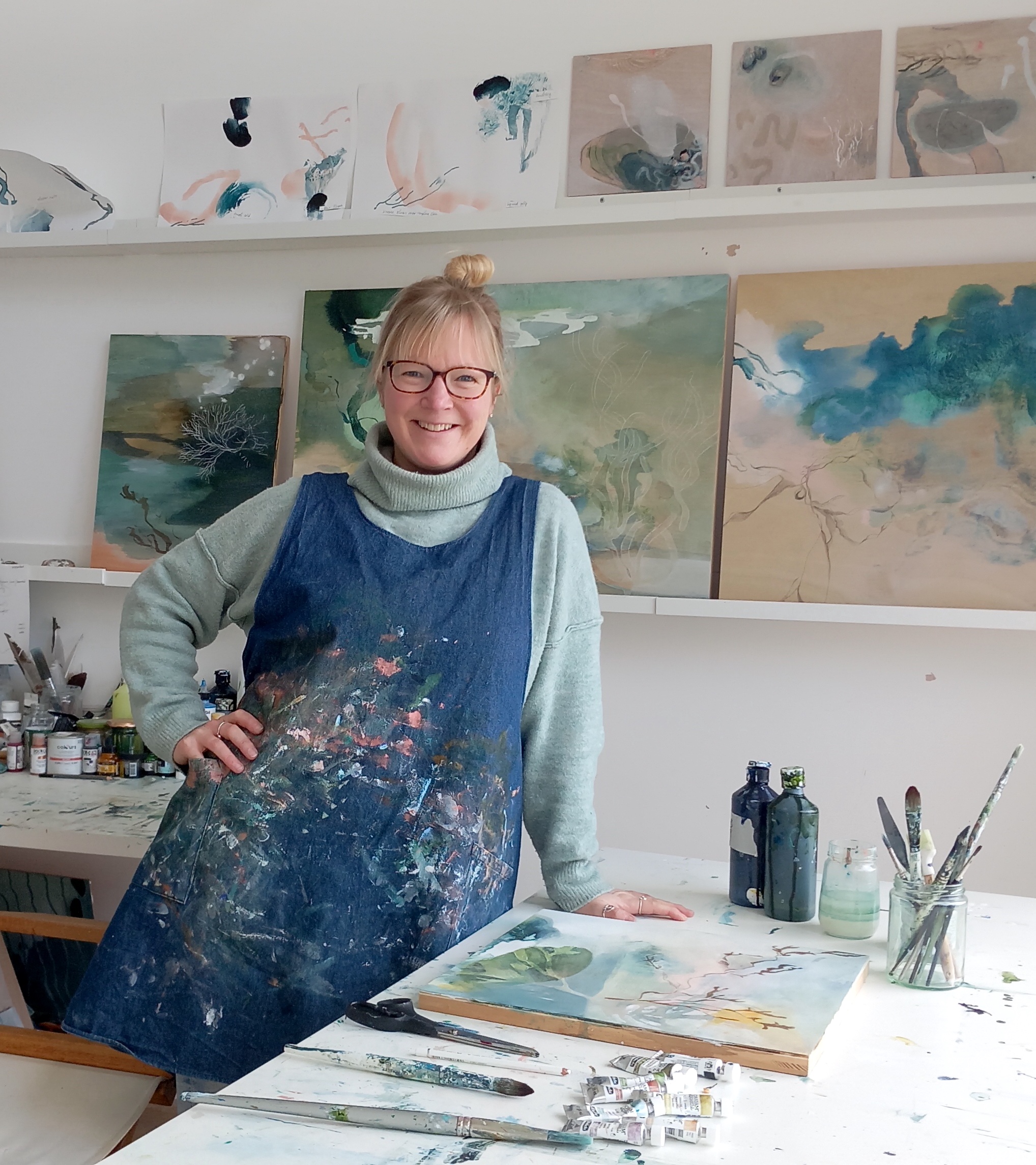
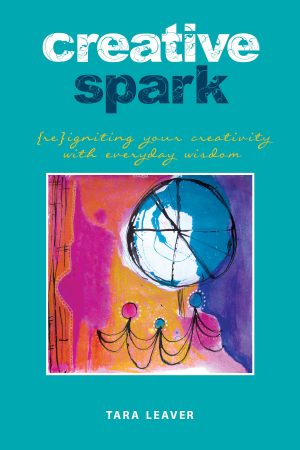
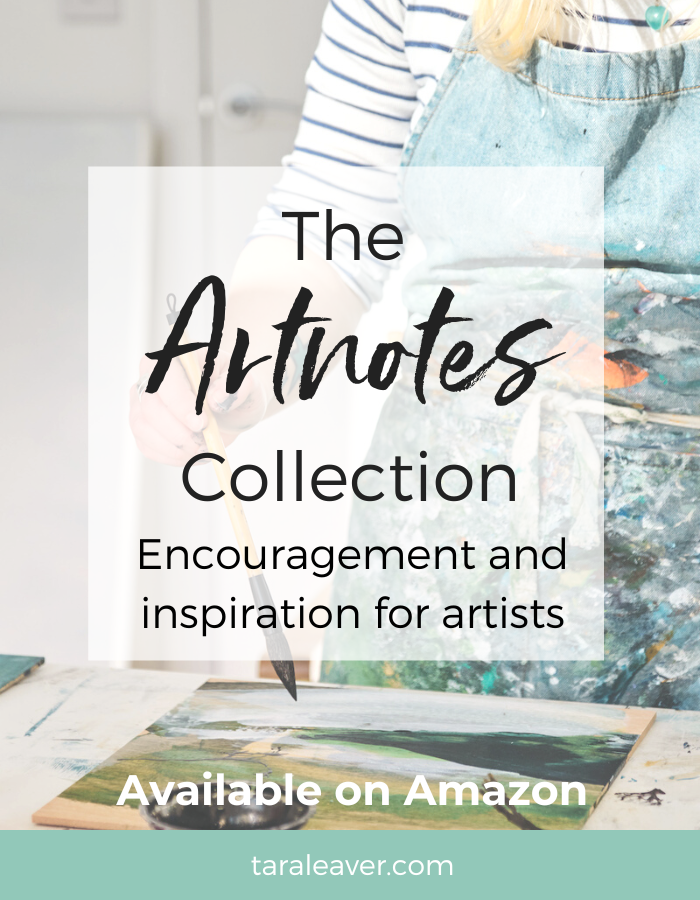
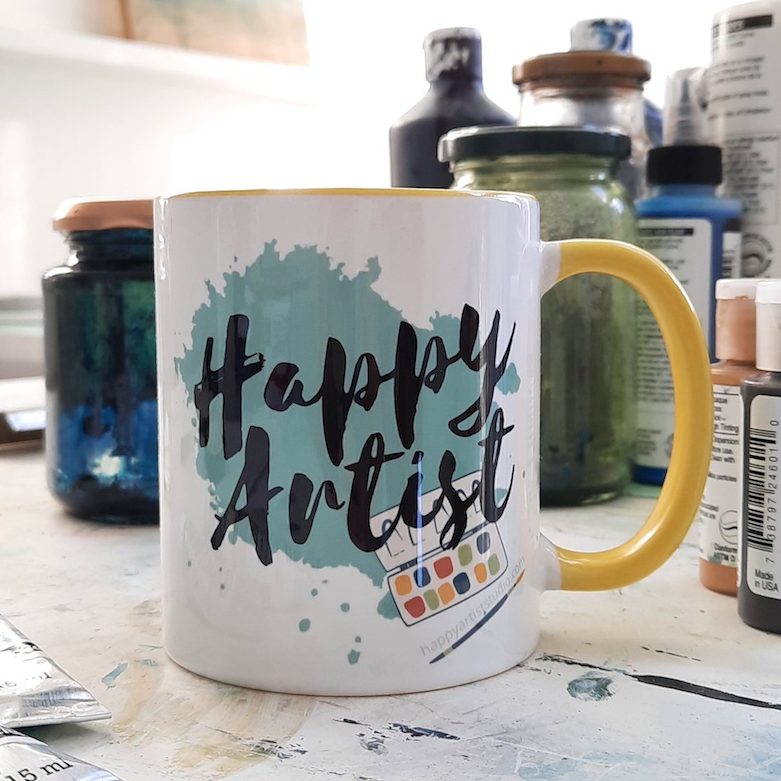
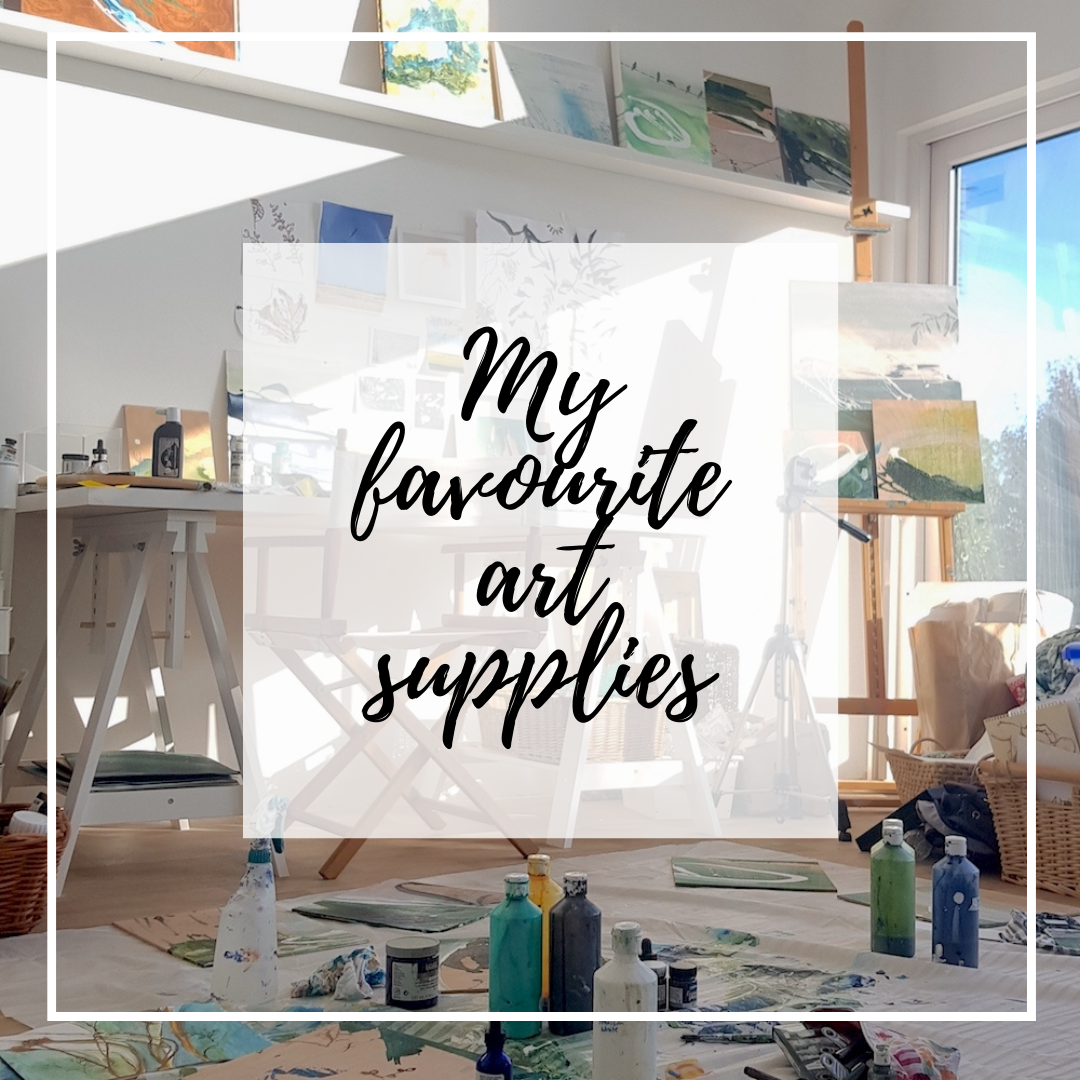
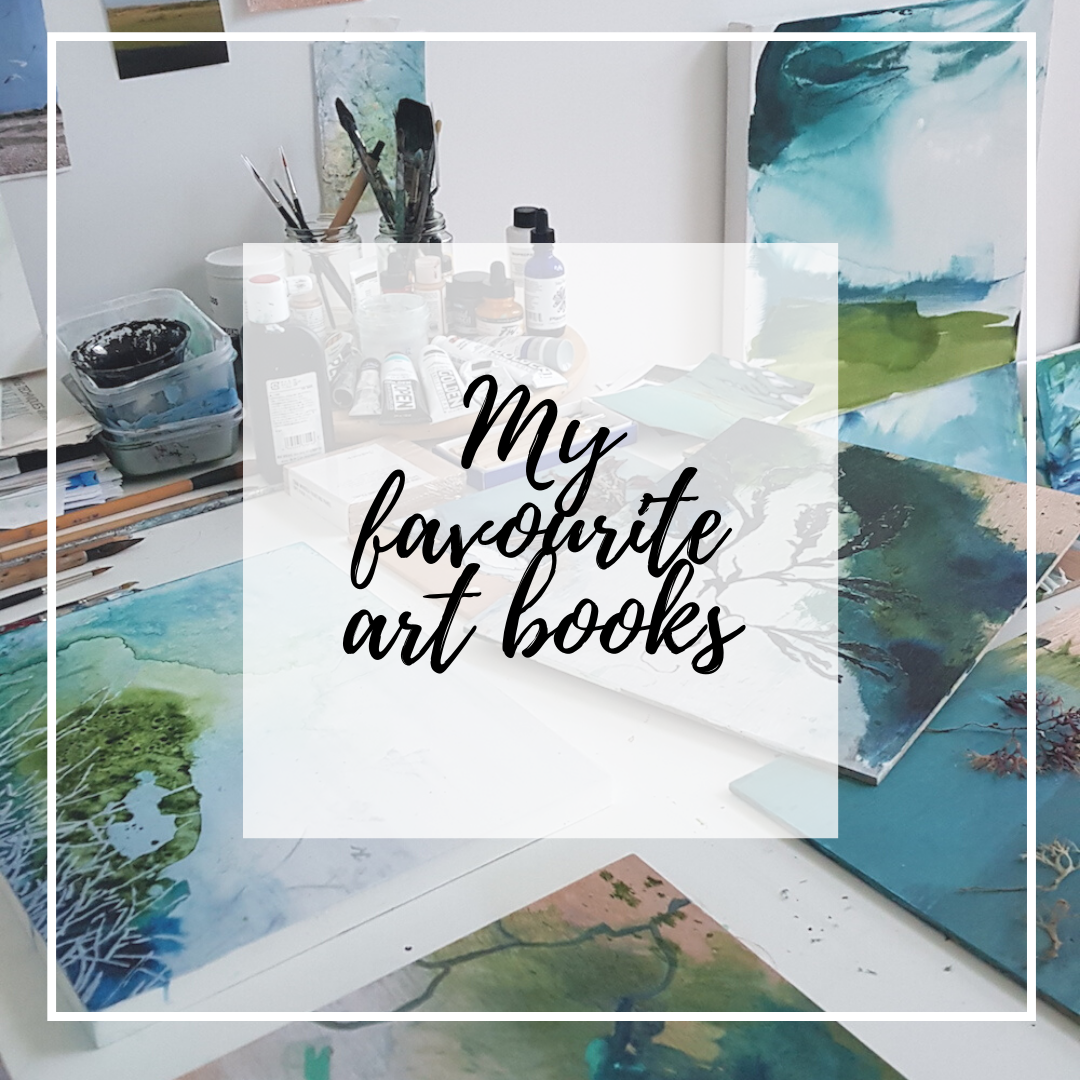
I was gifted some cheaper oil pastels and have hung on to them to try out as a first layer before adding the yummy Sennelier ones. I haven’t tried it yet though.
That’s a good way to use them! Thanks for sharing that idea Leanne.